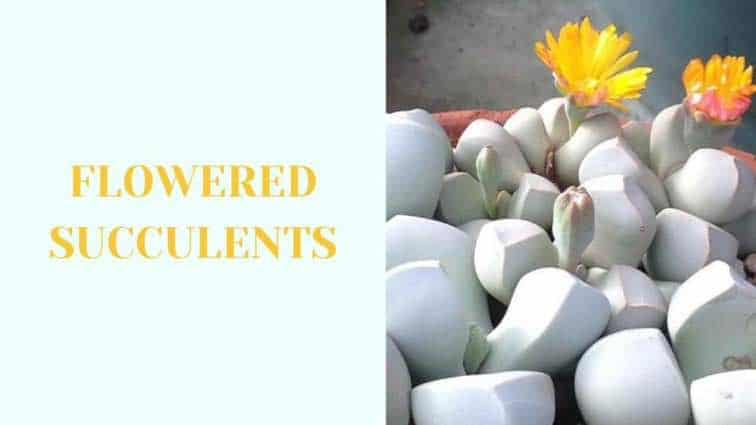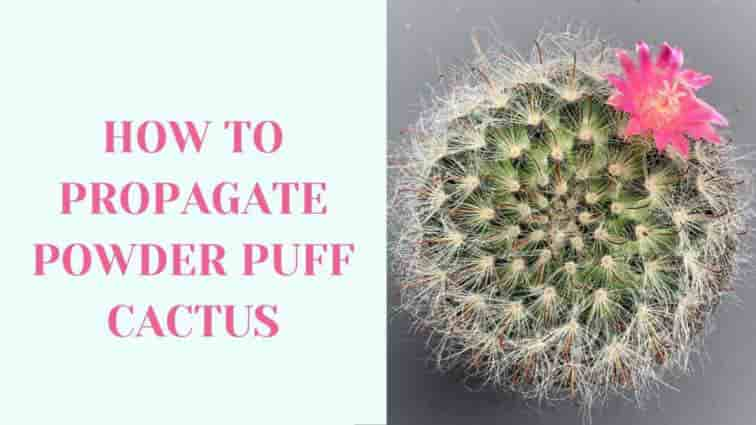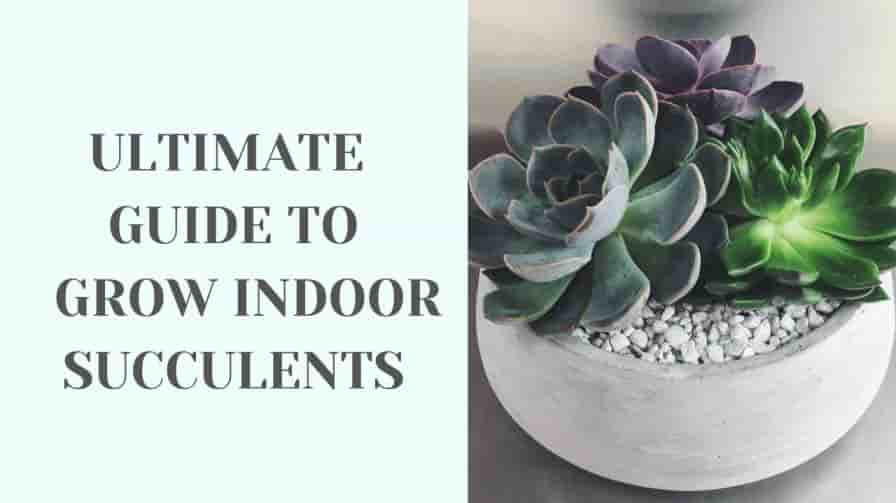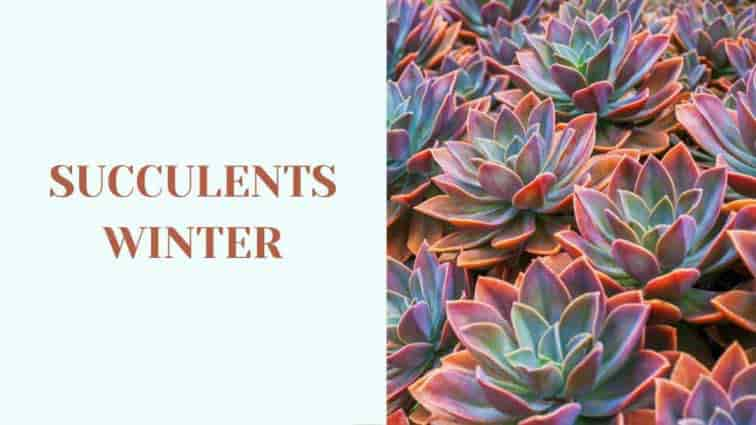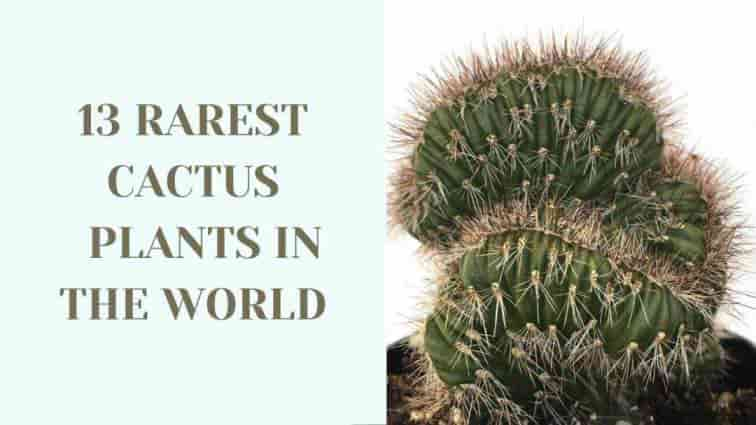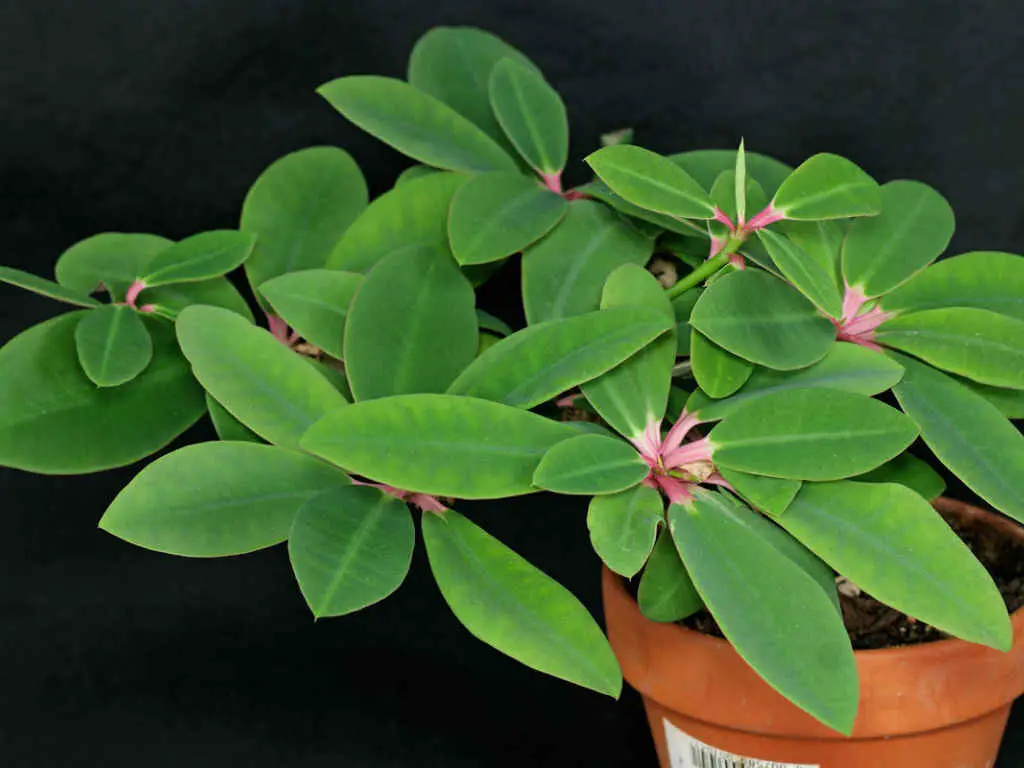
Picture via plantsam
Basic Info
Euphorbia Bongolavensis is known to be a beautiful looking succulent. As the plant matures you can expect it to reach around 1 m (3.3ft) tall. The plant is best known for the green leaves that grow densely packed together. This plant is quite popular with succulent lovers from all around so we thought to include it as well. When it flowers you can expect a cluster of yellow flowers.
Scientific Classification
Family: Euphorbiaceae
Subfamily: Euphorbioideae
Tribe: Euphorbieae
Genus: Euphorbia
Care and Propagation Information
Watering
Euphorbia Bongolavensis can be quite beautiful when it is well-taken care of. This plant type needs typical watering as some Xerophyte do need. The watering method is very important to keep your plant healthy. It should not sit on the water, and an excess amount of water should be avoided. The best way of watering is soak and dry method this Xerophyte. Yet, the succulent should be controlled to avoid overwatering.
General Care for Euphorbia Bongolavensis
This plant type is a unique one that blooms in the spring. When it blooms, you will enjoy small yellow flowers. It is a nice addition to your collection of plants especially if you have it displayed in a beautiful pot.
This page contains affiliate links.
Quick Facts:
- Prefers full sun
- Can be grown outdoor
- Grows 1 m (3.3ft) tall
- Can die easily if overwatered see: How to Water Succulent Plants
- Does not handle cold well
- Best propagated by cuttings or seeds
- Flowers are small and yellow
Where to Plant
Euphorbia Bongolavensis needs strong light. When planting this Xerophyte type in a garden, make sure it gets sunlight. Full to partial sun is the best for its growth. It is better to grow outdoor rather than indoor.
This type of Xerophyte prefers a warm climate. It can survive at zone native to Madagascar. If you live in a cold area, it is better to plant this uniqe plant in an indoor environment. As long as it gets enough sunlight, the plant will grow happily.
When selecting what pot to use be sure that you understand the difference between the material used (See our guide on how to pick the best plant pot).
How to Propagate Euphorbia Bongolavensis
The plant can be propagated by cuttings or seeds. This plant type does not require repotting often. Of course, the first-time repotting is essential when it is bought from the store. You can learn all about How To Repot Succulents in our guide.
Like all the other plant types, a well-drained soil mixture is essential. If you want to know about well-drained soil mixtures, check How to Prepare Well-drained Soil for Succulent Plants.
How to Propagate Euphorbia Bongolavensis From Cuttings
When propagating this plant from cuttings, cut a leaf from the mother plant carefully with a clean knife or scissors. Before replanting, wait for a few days to allow it to callous. Use well-draining soil for your new Xerophyte plant. Don’t forget to water when the soil dries out.
How to Propagate Euphorbia Bongolavensis Using Seeds
This plant type is a slow grower so even if it can be propagated by its seeds, this method is not recommended. To propagate from the seeds, plant the seeds in a well-draining soil mixture. This method can be used outdoors. In cooler areas, indoor propagating is recommended.

